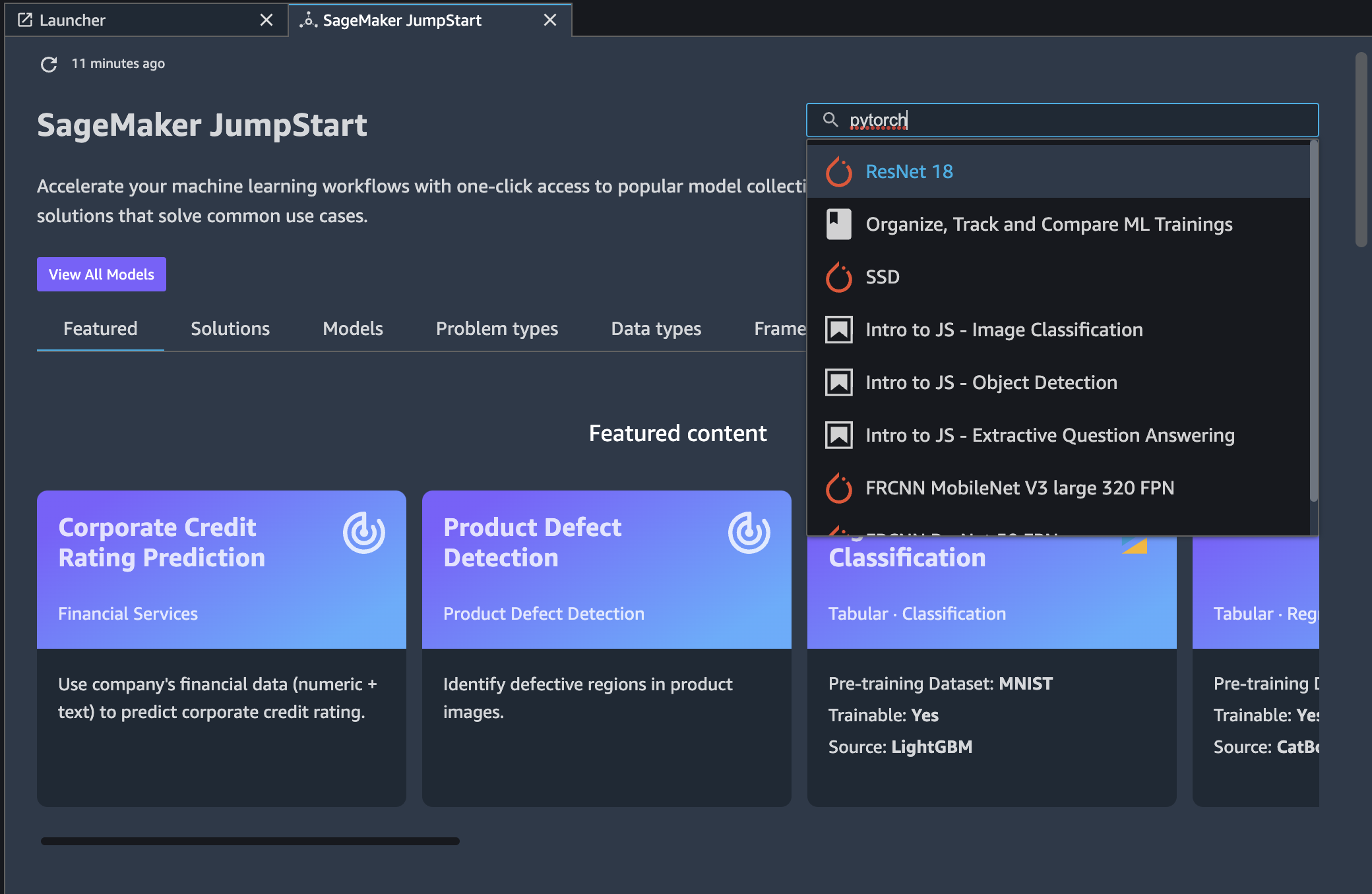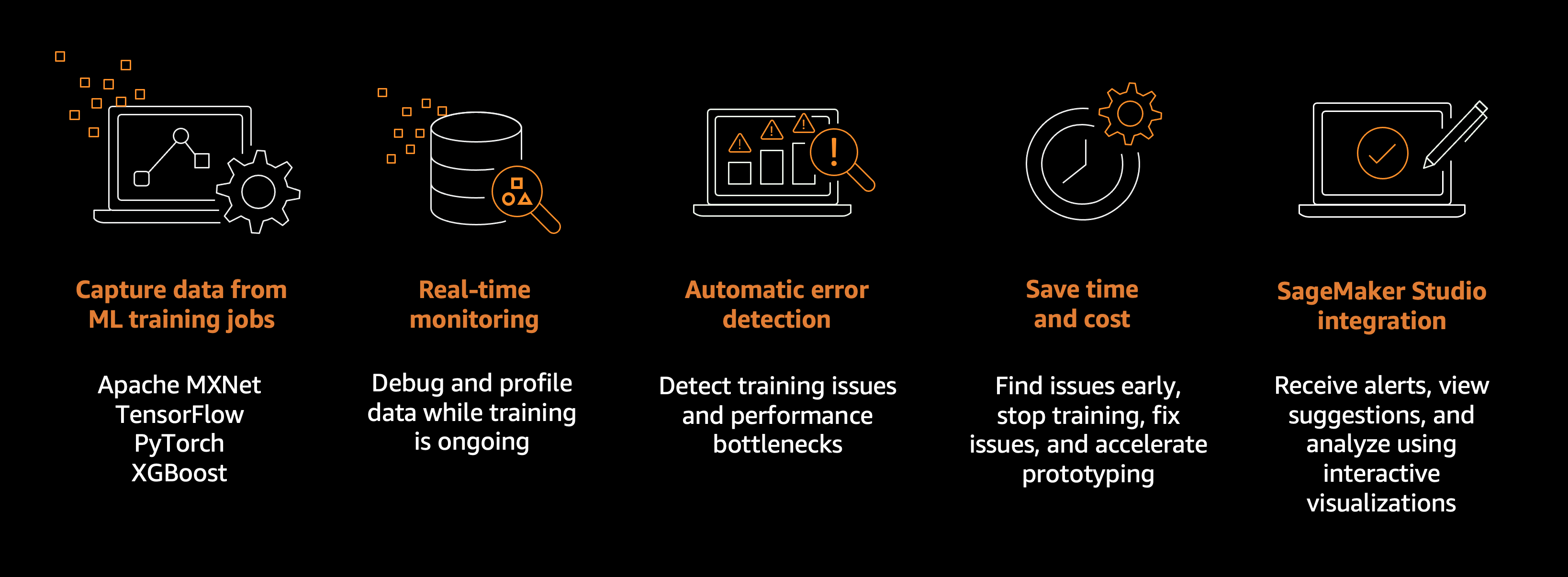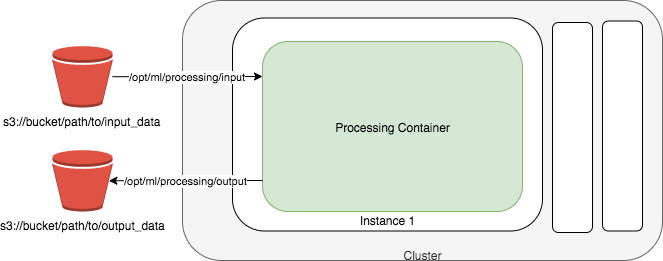This article was published as a part of the Data Science Blogathon.
Introduction
Learning its tools is one way to start having a hands-on understanding of MLOps. Understanding the tools makes the concept more practical and easy to grasp. MLOps finds its importance in place of model deployment. In this article, we will briefly see what MLOps is before seeing the Sagemaker tool that can make MLOps easy to implement and manage. These tool help to improve the overall deployment of machine-learning projects while still saving time and cost. People still finding the concept unclear could understand better by understanding the tools that can be used, and here we see the Amazon Sagemaker.
What is MLOps?
The term ‘’MLOps” comes from two words “machine learning” and the practice of DevOps in software development. It is an emerging field that is rapidly gaining momentum amongst Data Scientists, ML Engineers, and AI enthusiasts.
MLOps is a set of procedures that machine learning (ML) practitioners adhere to in order to speed up the deployment of ML models in actual projects and improve the overall integration of various project pipeline processes. It is a set of practices that aims to deploy maintainable machine learning models in production with reliability and efficiency.
The Continuous Delivery Foundation SIG MLOps presents a differentiation of the ML models management from traditional software engineering by suggesting the following MLOps strengths:
- MLOps aims to unify the release cycle for machine learning and software application releases.
- MLOps enables automated testing of machine learning artifacts (e.g. data validation, ML model testing, and ML model integration testing)
- MLOps enables the application of agile principles to machine learning projects.
- MLOps enables supporting machine learning models and datasets to build these models as first-class citizens within CI/CD systems.
- MLOps reduces technical debt across machine learning models.
- MLOps must be a language-, framework-, platform-, and infrastructure-agnostic practice.
MLOps systems are expected to be robust by having the above features. The model artifacts need to be built so that they contain all the information needed for data preprocessing. A model artifact is a collection of files produced by a training job required for model deployment. In AWS Sagemaker API, they are the output that results from training a model and typically consist of trained parameters, a model definition that describes how to compute inferences, and other metadata.
After building model artifacts, they have to be able to track the code that builds them, the data they were trained and tested on, and how they are related. With this ability, production and running them such that frequently delivering apps to customers through automation in the stages of app development becomes possible. ML apps can be continuously deployed, integrated, and delivered through CI/CD process efficiently.
MLOps Tools
The type of tool to employ depends on the nature of the project. We will see a number of them and some of their features so that it can be understood how they best fit in. There is nothing too catchy about the term tools used here. It is just a means of implementing MLOps. Here we see these tools as professional platform management. Seeing the features of the tools will explain how they can be used in any part of the ML lifecycle. Below are some of the most common in the field.
Amazon SageMaker
Amazon SageMaker is a cloud-based machine-learning platform that has been around for half a decade and launched in November 2017. It creates, trains, and deploys machine-learning models in the cloud. Amazon SageMaker is a fully managed machine learning platform making it easy for data scientists and developers to build and train machine learning models quickly and then deploy them into production. It makes it easier to get started with ML workflow by providing features like Amazon SageMaker JumpStart, which contains built-in algorithms and pre-built machine learning (ML) solutions that can be deployed with just a few clicks.

It contains hundreds of built-in algorithms and pre-trained models from model hubs, including TensorFlow Hub, PyTorch Hub, HuggingFace, and MxNet GluonCV. Carrying out common machine learning tasks becomes very easy.
All these features make implementing MLOps very easy and fast. Amazon SageMaker provides MLOps to help developers automate and standardize processes throughout the ML lifecycle. This increases productivity by training, testing, troubleshooting, deploying, and governing ML models.

Apart from Amazone Sagemaker Jumpstart, a few other features available to facilitate MLOps include;
SageMaker Studio; It provides an integrated machine-learning environment for building, training, deploying, and analyzing models. SageMaker Studio provides all the tools to facilitate a good workflow, from data preparation to experimentation to production, making implementing MLOps convenient.
SageMaker Ground Truth Plus; is a feature that helps to provide the service of data labeling so that it can be ready to use in any project as a completed product. It uses an expert workforce to deliver quality, saving time and reducing costs. All this comes without having to build labeling applications and manage the workforce.
SageMaker Model Building Pipelines; is a tool for building machine learning pipelines benefitting from direct SageMaker integration. This integration helps create a pipeline and set up SageMaker Projects for orchestration. This helps to improve MLOps activity in the development process.
SageMaker Debugger; This is a powerful tool for ensuring the control of bugs. It does not only detect bugs but also sends details by profiling them from the training job, making the ML models highly robust. These debuggers send alerts when bugs or anomalies are found. It can identify the root cause and take action against the problems using metrics and tensors. Inspecting training parameters in the training process becomes very easy.

SageMaker Model Monitor; Monitoring is another important feature on the list. Monitoring and analyzing models in production to detect unwanted scenarios such as data drift and deviations in model quality in production becomes easier. It provides the ability to set up continuous monitoring in real-time or batches or on-schedule monitoring for asynchronous batch transform jobs. It is possible to set alerts that notify when there is a deviation in the model quality. It functions like the debugger, except it doesn’t send alerts on model and data, not an error.
This also saves time by reducing the damages caused by anomalies or drifts in the production process. Retraining is managed and reduced. The monitoring could be set for monitoring data, model, Bias Drift for Models in Production, and monitoring feature attribution drift for models in production.

Preprocessing; This deals with processing such as feature engineering, data validation, model evaluation and interpretation, and evaluation of models. It provides a simplified, well-managed experience for running data processing workloads. such as feature engineering, data validation, model evaluation, and model interpretation. It also provides a way of post-monitoring by using APIs during the experimentation phase and after the code is deployed. This is a very good feature for MLOps.

Many other tools provided by Amazon Sagemaker are not covered here in this article. I believe these are the most effective ones in the MLOps discussion.
With the benefits of ML, many businesses are considering getting into the technology. This has caused a hike in the need for effective ways of delivering this industrial requirement. The appropriate tool can assist these organizations in managing everything from data preparation to deploying at a meager cost.
Conclusion
Managing a complete lifecycle on a scale using MLOps is challenging. Solving machine learning business-like problems requires a DevOps mentality of software development which brings about the technique known as MLOps. MLOps becomes easily achievable with sophistication, such as the Amazon Sagemaker. No doubts Amazon SageMaker is a good MLOps platform for many reasons. With edge-cutting features, it provides a very large range of ways to develop models that perform very well in meeting MLOps standards. Big projects can easily be done with the platform helping teams with details and alerts from data to model anomalies and even reporting bugs. One thing that Sagemaker has dealt with is saving time and cost.
Key Takeaways;
- Understanding the tools of MLOps could make the concept more practical and easy to grasp.
- MLOps is a set of procedures that machine learning (ML) practitioners adhere to to speed up ML models’ deployment in actual projects and improve the overall integration of various project pipeline processes.
- The type of MLOps tool to employ depends on the nature of the project. Seeing a number of them and some of their features could make it understandable how they best fit in.
- Amazon SageMaker is a fully managed machine learning platform making it easy for data scientists and developers to quickly build and train machine learning models and then deploy them into production.
The media shown in this article is not owned by Analytics Vidhya and is used at the Author’s discretion.





